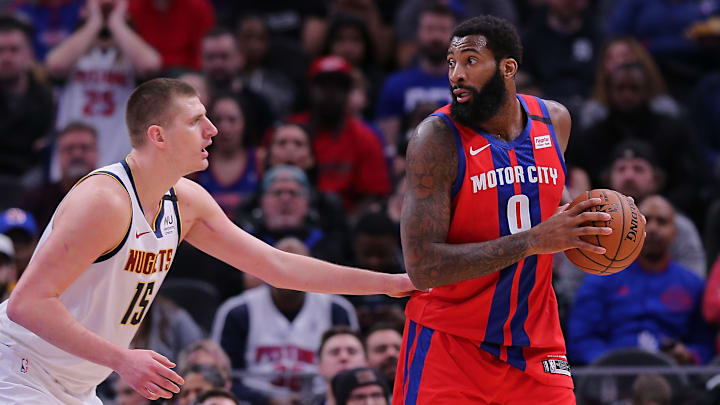The Detroit Pistons present is miserable, but we can take some solace in looking forward or back.
Hopefully, there is a future where the Pistons’ young players become stars, when the GM (whoever that is) puts the right players around them, and they start to compete consistently, though right now, that future is hard to see.
But we always have the past, when the Pistons were competing for and winning titles, when they were mainstays in the playoffs.
And they had some great players along the way, so let’s take a look at the top 10 in Player Efficiency Rating (PER), which has some names that might surprise you.
What is Player Efficiency Rating (PER)?
According to John Hollinger, the man who created this system, Player Efficiency Rating is calculated thusly:
"The player efficiency rating (PER) is a rating of a players per-minute productivity. To generate PER, I created formulas -- outlined in tortuous detail in my book Pro Basketball Forecast -- that return a value for each of a players accomplishments. That includes positive accomplishments such as field goals, free throws, 3-pointers, assists, rebounds, blocks and steals, and negative ones such as missed shots, turnovers and personal fouls. "
The number is calculated per minute and is adjusted for pace, with a PER of 15 set as the average. There is no one stat that can quantify everything a player does on the floor, but PER at least allows us a way to compare players from different eras, which is always tough.
The 10 Greatest Pistons in history, ranked by Player Efficiency Rating
#10: Adrian Dantley (PER 19)
Dantley played 192 games for the Pistons and averaged 20.3 points, 3.8 rebounds and 2.2 assists per game while shooting over 52 percent from the floor.
Many of you are too young to remember Dantley, but he might be one of the most underrated players in NBA history. This is one of the greatest scorers the league has ever seen, a guy who led the league in scoring twice and ended with a career average of 24.3 points per game.
Even though he was only 6-foot-5, Dantley was a dominant post player and got most of his buckets in the paint and mid-range. He was on the downside of his career by the time he got to Detroit but still averaged over 20 per game.
